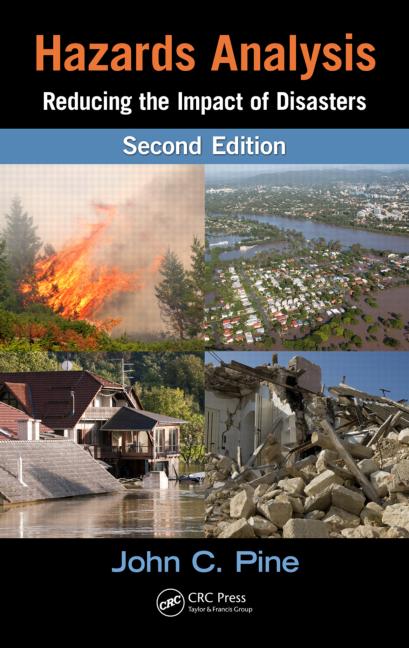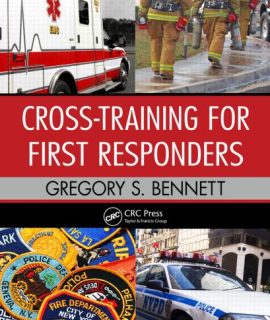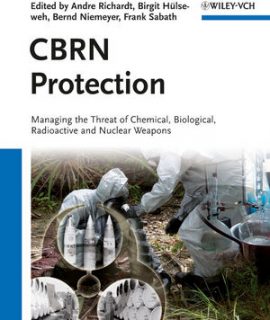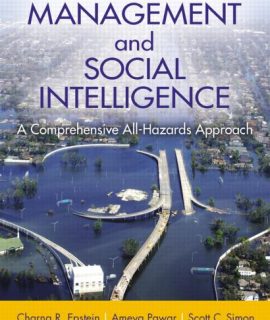Hazards Analysis: Reducing the Impact of Disasters, 2nd Edition
$198.00
The impacts of natural and man-made disasters have increased exponentially over the past few decades. Moreover, with our global interconnectedness and the growing scale of disasters, today’s catastrophic disasters can have regional, national, and even global economic consequences.
Following in the tradition of the successful first edition, Hazards Analysis: Reducing the Impact of Disasters, Second Edition provides a structure and process for understanding the nature of natural and human-caused disasters. Stressing the role of hazard risk management for public, private, and nonprofit organizations, the author and expert contributors cover problem solving, risk analysis, and risk communications to ensure readers are in a position to identify key problems associated with hazards and the risks that they present.
The book details a systematic process of hazards identification, vulnerability determination, and consequence assessment for the natural, built, and human environment. Using a cross-disciplinary approach, this book effectively demonstrates how to use the results of vulnerability assessment, spatial analysis, and community planning to reduce adverse disaster outcomes and foster social, economic, and environmental sustainability. Throughout, the book stresses that hazards analysis is not an isolated process but one that must engage the local community.
Complete with clearly set objectives, key terms, discussion questions, satellite images and maps, and ancillary websites for further study, this authoritative guide covers every element of the hazard analysis process in a step-by-step format. Hazards Analysis presents time-proven strategies for building sustainable communities, identifying and prioritizing risks, and establishing successful disaster prevention and relief strategies prior to a disaster.
Features:
* Examines risk perception and the nature of hazards
* Assesses the potential social, economic, and environmental impacts of disasters on families, businesses, and communities for organizational decision making and public policy
* Explains the nature and types of models that may be used to characterize natural and technological hazards
* Explores the tools and methods used to characterize direct and indirect losses from disasters
* Describes the role and uses of spatial analysis and geographic information systems in hazards analysis
* Illustrates how risk management and hazard mitigation strategies can reduce or minimize losses from disasters
You might also be interested in:
Categories
- Firehall Mall
- First Alert Smoke & Carbon Monoxide Alarms
- Coming Soon – Pre-Order
- ATS Online Training
- NFPA Standards & Fire Codes
- Ontario Codes
- Fire Safety & Public Education Materials
- Fire Service & Rescue
- Fire Investigator
- Fire Inspection & Code Enforcement
- Apparatus Driver/Operator
- Fire Protection/Systems & Apparatus
- Vehicle Extrication/Highway Safety
- Hazardous Materials
- Industrial / Facility
- Building & Life Safety
- Fitness / Wellness / Health & Safety
- Wildland
- Management / Leadership / Advancement
- Firefighter Entry Level
- Emergency Medical Service
- Emergency Management/Terrorism
- Firefighting Novels/History/Memoirs
- Deals & Steals








